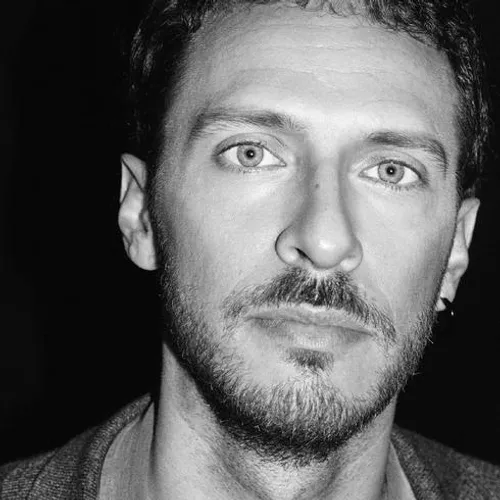
ZENO BALDI is an Italian composer and sound artist. His work is focused on the interaction between acoustic instruments (solo to symphonic orchestra) and a wide range of electronic devices, and has been presented in numerous international Festivals - Mata (New York, US), London Ear Festival (UK), Unerhörte Musik (Berlin), ArteScienza (Rom), TransArt (Bolzano), Open Music (Graz), Loop (Brussels), (…) in venues from the Miller Theatre (New York) to Piccolo Teatro (Milan), from 104Centquatre (Paris) to Musiikkitalo (Helsinki). He had close collaborations with numerous Ensembles (Schallfeld, Divertimento, Linea, Yarn/Wire, Mdi, Zeitfluss…), soloists (Manu Mayr, Marco Fusi, Heather Roche) and orchestras (OPV, La Fenice). As a performer, he’s developing a solo electroacoustic project (2017- ongoing), exploring a new set up for each performance, including daw, piezo-electric microphones, analogue pedals and synthesizers, midi-controlled solenoids, tactile transducers and feedback systems. He was Composer in residence at Rondò Festival (Milan, 2017), Fondazione Spinola Banna per l’Arte (Turin, 2018), Styria Artist in residence (Austria, 2021). He was granted Fellowships at the American Academy in Rome (2019/20), at Bogliasco Foundation (2021), and he received the “Una vita nella Musica” prize from Teatro La Fenice, Venice (2021). His scores are published by Casa Ricordi, Milan.
“Copia carbone” was commissioned by Ensemble Proton Bern First performance: 15 March 2022 @ Dampfzentrale, Bern (CH) Ensemble Proton Bern, Aaron Cassidy (conductor) Protonwerk n.11
This work seeks to explore the interaction between a group of (mostly unusual) acoustic instruments, and a series of samplers made almost exclusively of unprocessed audio samples of the same instruments, a sort of “carbon copy” of the ensemble. The virtual instrument include audio material recorded during an early meeting with the musicians, besides sounds from other acoustic sources (e.g. bells, piano harmonics). The two realms of sound (acoustic and electronic) follow a similar path of transfiguration/amplification/ distortion of the same material and its structures, building complementary colours and blurring their boundary.
The virtual instrument is a rack of different samplers, each of which is tuned to slightly different temperaments and tuning systems. Notes are triggered through arpeggiators with a fine control over rhythmical variations, shuffles and wonky pulses. The form of the piece gradually unfolds the different qualities of each sampler/section, until a sort of “coda” brings all the previous material to a temporal vortex, moving quickly back and forth through what has been already heard, under a new (rhythmical) light.